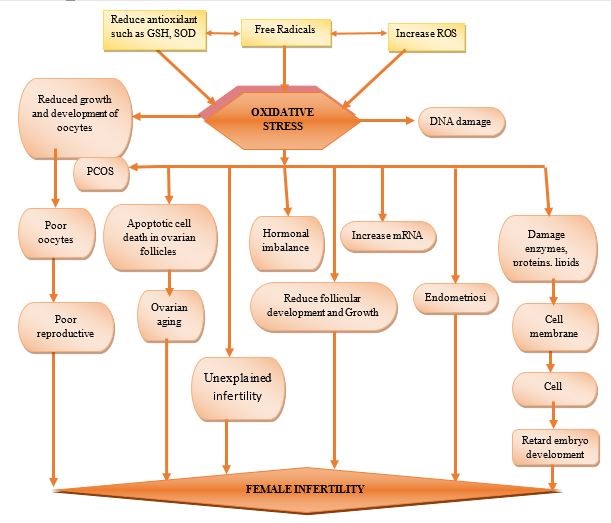Public Health Concerns of Environmental Exposure Connected with Female Infertility
DOI:
https://doi.org/10.54117/ijph.v1i1.1Keywords:
Fertility, metal mixture, endocrine disruptors, prevalence, endometriosisAbstract
This study reviewed recent articles on the prevalence and risk exposure of pollutants connected with female sterility. Occupational and regular exposure to metals and other chemicals causes oxidative stress, which causes hormonal imbalance and results in cell membrane damage, cell apoptosis, protein, lipid, and nucleic acid damage, reduced oocyte growth and development, increased mRNA in the anterior pituitary, poor oocyte quality, poor reproductive outcome, damage DNA, embryo fragmentation, implantation failure, abortion, and ovarian cancer. This study revealed an association between environmental contaminants and unexplained infertility, women with unexplained infertility have decreased ovarian sensitivity to gonadotropins, resulting in higher circulating gonadotropin levels, including higher mean serum follicle-stimulating hormone (FSH) and luteinizing hormone (LH) levels. Aside from the effects of environmental contaminants on female infertility, they may also increase the risk of spontaneous abortion, stillbirths, premature delivery, gestational diabetes mellitus, pregnancy hypertension, preeclampsia, premature rupture of membranes, intrauterine growth restriction, low birth weight, and harm to the growing baby, resulting in foetal abnormality and congenital disabilities. Heavy metal risk exposures should be decreased to a minimum or zero level to treat female infertility.

Downloads
Published
How to Cite
Issue
Section
License
Copyright (c) 2022 Chinyere Dike, Favour, Anthonet N. Ezejiofor

This work is licensed under a Creative Commons Attribution 4.0 International License.
